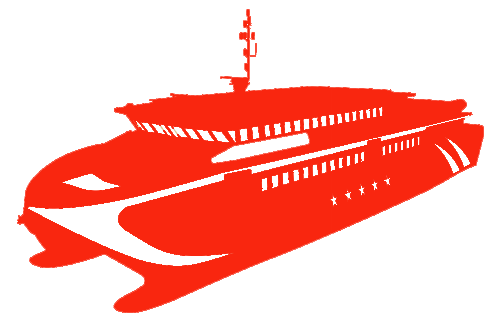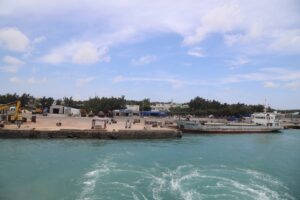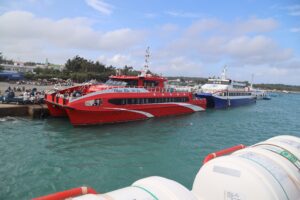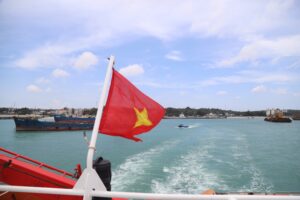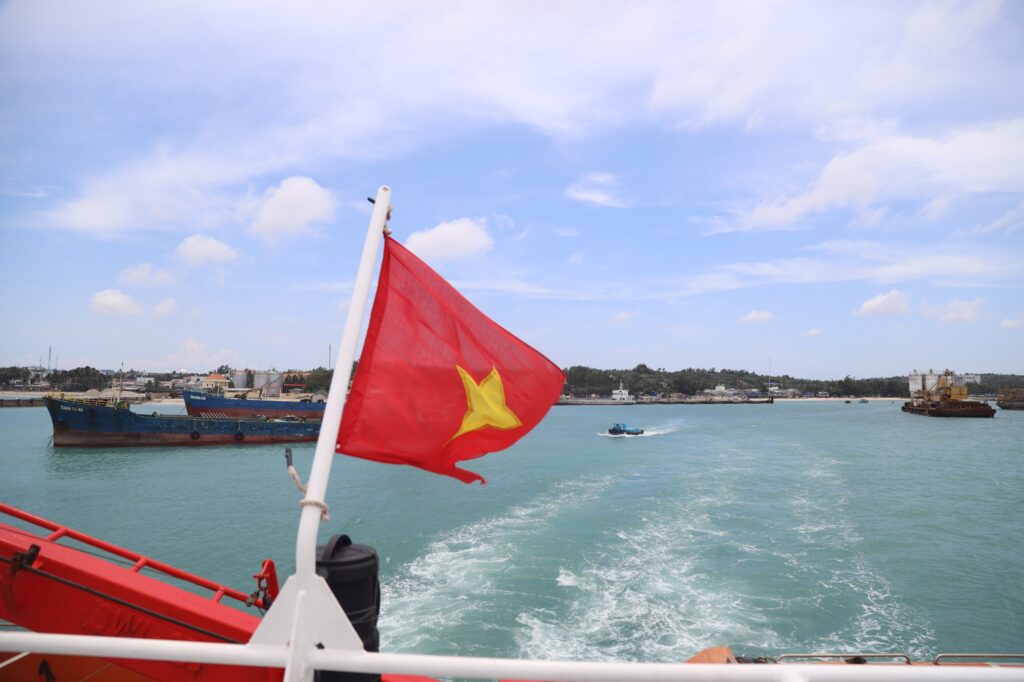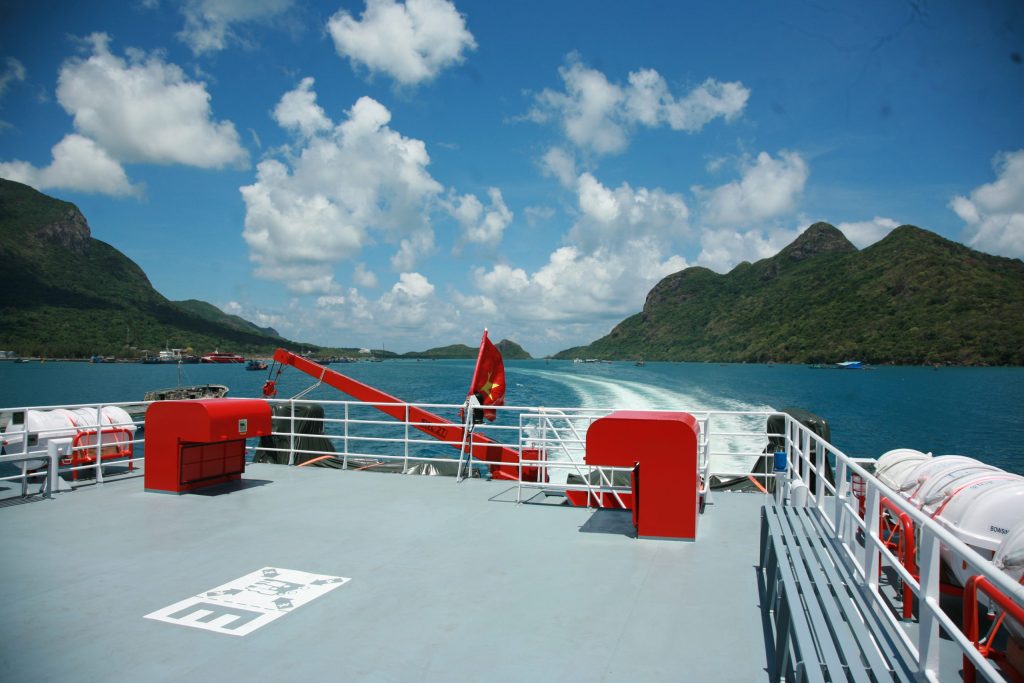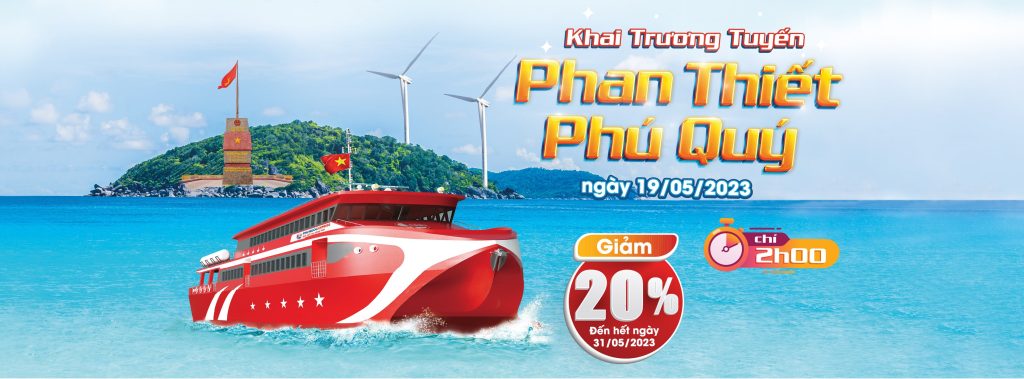Regarding the origins of the inhabitants of Phu Quy Island, old legends suggest that communities of Cham, Kinh (ethnic Vietnamese), and Chinese people settled here quite early. The Cham were the island’s first pioneers.
Due to the limited historical records, it’s difficult to determine exactly when the Cham arrived, but some hypotheses propose that they came to the island during the 15th or 16th centuries. Evidence supporting this includes ancient remnants such as the Temple of Ba Chua (Lady Goddess), old Cham tombs in Tay Long Hai hamlet, ancient stone wells built in Cham style, and traditional house construction methods. These relics indicate that the Cham arrived before the Vietnamese and named the island Koh Rong. Later, the first wave of Vietnamese settlers arrived on Phu Quy, likely in the late 16th to early 17th centuries.
The 17th and 18th centuries were marked by upheaval, coinciding with the expansion of southern territories initiated by the Nguyen lords. During the Trinh–Nguyen Civil War (1627–1672), in just half a century, “the two sides fought seven major battles. From southern Nghe An to Quang Binh became a battlefield… the civil war caused devastating consequences not only materially and physically but also spiritually for the entire nation.” In their conflict with the Trinh Lords of the North, the Nguyen lords saw the southward expansion as crucial to their survival. Beginning in 1611, this expansion continued until the mid-18th century through two main methods: migration and conquest. The Nguyen lords allowed poor peasants from North Thuận Hóa to migrate south to reclaim land and also encouraged wealthy families to sponsor migrants. They also deployed soldiers and prisoners to participate in land reclamation efforts.
Large populations from the “Five Quangs” region (Quang Binh, Quang Tri, Quang Duc, Quang Nam, Quang Ngai) and from Binh Dinh and Phu Yen—regions known for farming, fishing, and handicrafts—migrated southward to start new lives. Many of these settlers eventually arrived in Binh Thuan province to make a living. Some theories suggest that “a portion of the Vietnamese who came to Phu Quy Island were part of this historical migration.”
In the midst of crisis, war, and national division, coastal fishing groups from Central Vietnam, fleeing chaos or searching for new fishing grounds, arrived at Phu Quy Island to take shelter and start anew. Seeing a large, sparsely populated island with fertile fishing grounds, they returned to their hometowns to persuade relatives to migrate there. Those who arrived first took the central parts of the island; those who came later settled around the perimeter. Based on administrative documents written in Han-Nom characters sent by local villages to the Nguyen Dynasty, we gain clearer insight into the settlers’ origins. For instance, in a petition to establish Quy Thanh hamlet, it states:
“…Our ancestors were originally from Binh Dinh and Quang Ngai prefectures. During a famine, they migrated to Cu Lao Thu to reclaim unused land. Later, a regulation allowed for 50 households to establish a hamlet. Our ancestors registered the land under the name Thuong Hai and paid taxes annually.”
As more Vietnamese settlers arrived, they gradually gained dominance, leading to the displacement of the Cham, who eventually left the island.
Alongside the Cham and Vietnamese, some Chinese also integrated into the Phu Quy community. According to historical records, in the 17th century, some Ming Dynasty loyalists, after resisting the Qing and refusing to surrender, sailed southward and were granted permission by the Nguyen lords to settle in Thuy Chan Lap (present-day Southeast Vietnam). On their journey south, dozens of Chinese boats stopped at Phu Quy to rest and gather fresh water, with some staying to establish livelihoods. “Along with the Vietnamese, some Chinese also became part of the Phu Quy community around the 17th century.”
When they landed on Cu Lao Thu, the Chinese brought a vibrant, industrious spirit. Skilled in animal husbandry and trade, they quickly thrived and grew prosperous. However, the island’s limited scope may have restricted their potential, prompting many to later migrate to major mainland cities. Though they arrived later and left early, the cultural imprint of the Chinese remains vivid in the memories of the locals.
Isolated in the vast ocean, Phu Quy Island has long stood apart from the outside world. Its people have had to endure turbulent seas and fend off fierce pirates to survive. These challenges forged a strong sense of solidarity. From the beginning, the island’s communities relied on mutual support and collective resilience to overcome adversity.
This spirit of coexistence gave rise to a vibrant island life, rich in history and deeply rooted cultural heritage.
To this day, the cultural and communal life of Phu Quy’s residents still bears the clear imprints of the harmonious blend of Cham – Chinese – Vietnamese cultures. Temples such as Ban Tranh Shrine, Ba Chua Ngoc Thien Y A Na Dien Ngoc Phi Shrine (Cham), Guan Yu Temple and Thay Nai Temple (Chinese), and Village Tutelary Temples are all physical evidence of this cultural intertwining.
Despite the passage of time and the ups and downs of history, this cultural bond has been maintained, enriched, and developed into a unique island tradition. This is most evident in customs, religious practices, and folklore still preserved by the locals.
Due to their agrarian lifestyle, the Cham excelled in hillside farming and had a remarkable tradition of water management. They were polytheistic and practiced totemism, embedding mystical beliefs about their ancestral spirits and heroes in their daily lives. Their cultural customs included avoiding planting trees near homes (believing they housed evil spirits) and building low stone fences (as stones were considered sacred). They were also skilled artisans, particularly in weaving and pottery.
As the first inhabitants of Phu Quy Island and also the first to leave, the Cham left behind a rich cultural legacy. The Vietnamese migrants from the narrow, harsh central coast inherited and selectively adopted many Cham practices. Early Vietnamese settlers, unfamiliar with the new land—described in local lore as a place where “even birds fear to cry, and fish flinch at the surface”—quickly saw the practical value in Cham culture.
Though they didn’t adopt the Cham tradition of low-roofed houses with minimal windows, they did borrow practical features like building protective stone fences around homes to shield against the island’s intense seasonal winds and shifting sands. For farming and navigating rough terrain, they used Cham-style backpacks (gùi) to ease the burden.
To survive the island’s harsh climate—blazing summer heat, freezing nights at sea, and periods of hunger—the Vietnamese learned to farm, grow cotton, and weave fabric from the Cham. With diligence and skill, they soon mastered these crafts, producing durable fabrics and cultivating high-quality crops like beans, corn, and sweet potatoes.
Spiritual life forms the backbone of communal relations. Influenced by matriarchal traditions linked to agrarian culture, both Cham and Vietnamese communities have long worshipped female deities. The Vietnamese term Mẫu (from Sino-Vietnamese, meaning “Mother”) also connotes reverence and honor. Among the most revered figures is Thien Y A Na, or Po Inu Nagar, the Cham Mother Goddess.
A mythological figure said to descend from the heavens, Po Inu Nagar created the universe, stars, rain, thunder, humans, animals, and crops. She taught the Cham to farm, weave, and sew, and became their divine protector. For the Cham, she is the great mother of the land, goddess of culture and creation.
As the Vietnamese migrated into the Cham heartlands of Panduranga (stretching from Phan Rang to Binh Thuan), they encountered this maternal deity. Embracing her within their own tradition of mother worship, they “Vietnamized” her as Thien Y A Na, creating a unique blend of Cham – Viet spirituality, especially in Central Vietnam. Thus, it’s understandable why Vietnamese settlers on Phu Quy venerated this goddess as a high deity.
This cultural fusion is also evident in folklore, particularly local legends. One tells of Ba Chua, a Cham goddess credited with transforming barren land into thriving villages. Though she lacked Po Inu Nagar’s cosmic powers, Ba Chua was deeply respected and became one of the island’s two most revered deities. When the Cham left, the Vietnamese took over her temple and continued the sacred duty of honoring Ba Chua Ban Tranh. The fields she granted to the people are still known as “Ba Chua’s Fields,” left untouched out of reverence.
Another legend tells of Thay Nai, a Chinese geomancer and one of the island’s most important spiritual figures. Curiously, he is said to be a former Cham prince who ended up in China due to fate. He called Ba Chua his elder sister, and together they manifested as divine protectors of the island. This highlights the deep cultural linkages between the Cham and Chinese communities on Phu Quy.
In these legends, gods and humans collaborate to defend the island from invaders, symbolizing the unity and shared purpose of its multicultural population. It is this sense of origin, love for their homeland, and the will to endure that have cemented the solidarity of Cham – Chinese – Vietnamese communities on Phu Quy.
Through shared struggle and cooperation, they have stood together to survive and thrive on this small but spirited island in the vast ocean.


